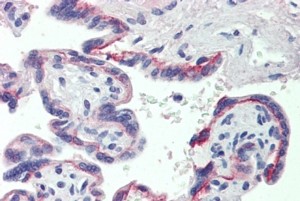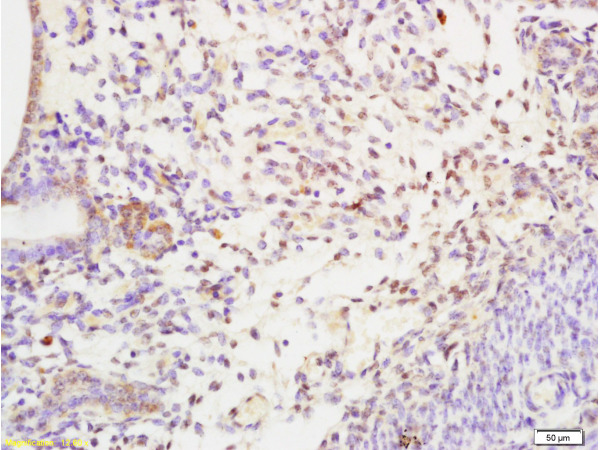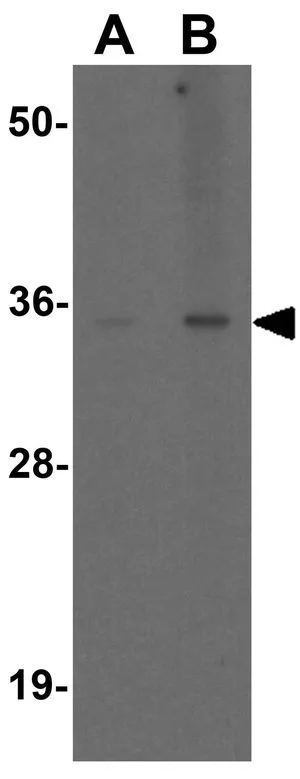
WB analysis of human liver tissue lysate using GTX17222 SHBG antibody. Working concentration : (A) 1 and (B) 2 microg/ml
SHBG antibody
GTX17222
ApplicationsWestern Blot, ELISA, ImmunoHistoChemistry, ImmunoHistoChemistry Paraffin
Product group Antibodies
TargetSHBG
Overview
- SupplierGeneTex
- Product NameSHBG antibody
- Delivery Days Customer9
- Application Supplier NoteWB: 1 - 2 microg/mL. IHC-P: 20 microg/mL. *Optimal dilutions/concentrations should be determined by the researcher.Not tested in other applications.
- ApplicationsWestern Blot, ELISA, ImmunoHistoChemistry, ImmunoHistoChemistry Paraffin
- CertificationResearch Use Only
- ClonalityPolyclonal
- Concentration1 mg/ml
- ConjugateUnconjugated
- Gene ID6462
- Target nameSHBG
- Target descriptionsex hormone binding globulin
- Target synonymsABP, SBP, TEBG, sex hormone-binding globulin, sex steroid-binding protein, testis-specific androgen-binding protein, testosterone-binding beta-globulin, testosterone-estradiol-binding globulin, testosterone-estrogen-binding globulin
- HostRabbit
- IsotypeIgG
- Protein IDP04278
- Protein NameSex hormone-binding globulin
- Scientific DescriptionThis gene encodes a steroid binding protein that was first described as a plasma protein secreted by the liver but is now thought to participate in the regulation of steroid responses. The encoded protein binds each steroid molecule as a dimer formed from identical or nearly identical monomers. The use of alternate promoters and alternatively spliced transcripts have been described. Multiple transcript variants encoding different isoforms have been found for this gene. [provided by RefSeq, Apr 2009]
- Storage Instruction-20°C or -80°C,2°C to 8°C
- UNSPSC12352203

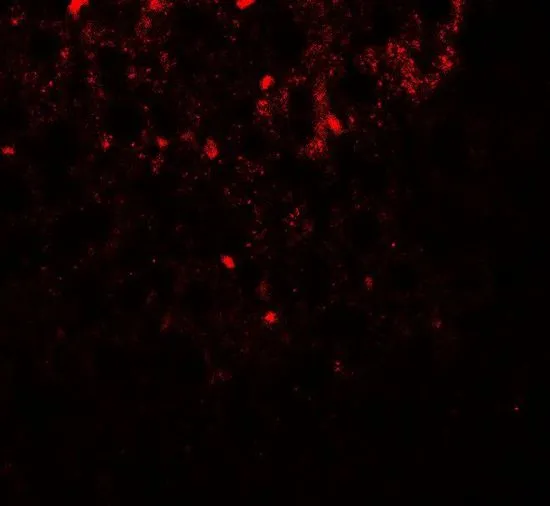
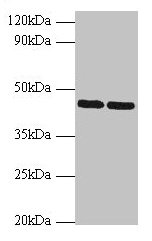
![IHC-P analysis of human testicular carcinoma tissue using GTX35081 SHBG antibody [SHBG/245].](https://www.genetex.com/upload/website/prouct_img/normal/GTX35081/GTX35081_20200115_IHC-P_1207_w_23060801_305.webp)
![IHC-P analysis of human testicular carcinoma tissue using GTX35082 SHBG antibody [SPM605].](https://www.genetex.com/upload/website/prouct_img/normal/GTX35082/GTX35082_20200115_IHC-P_1206_w_23060801_897.webp)

